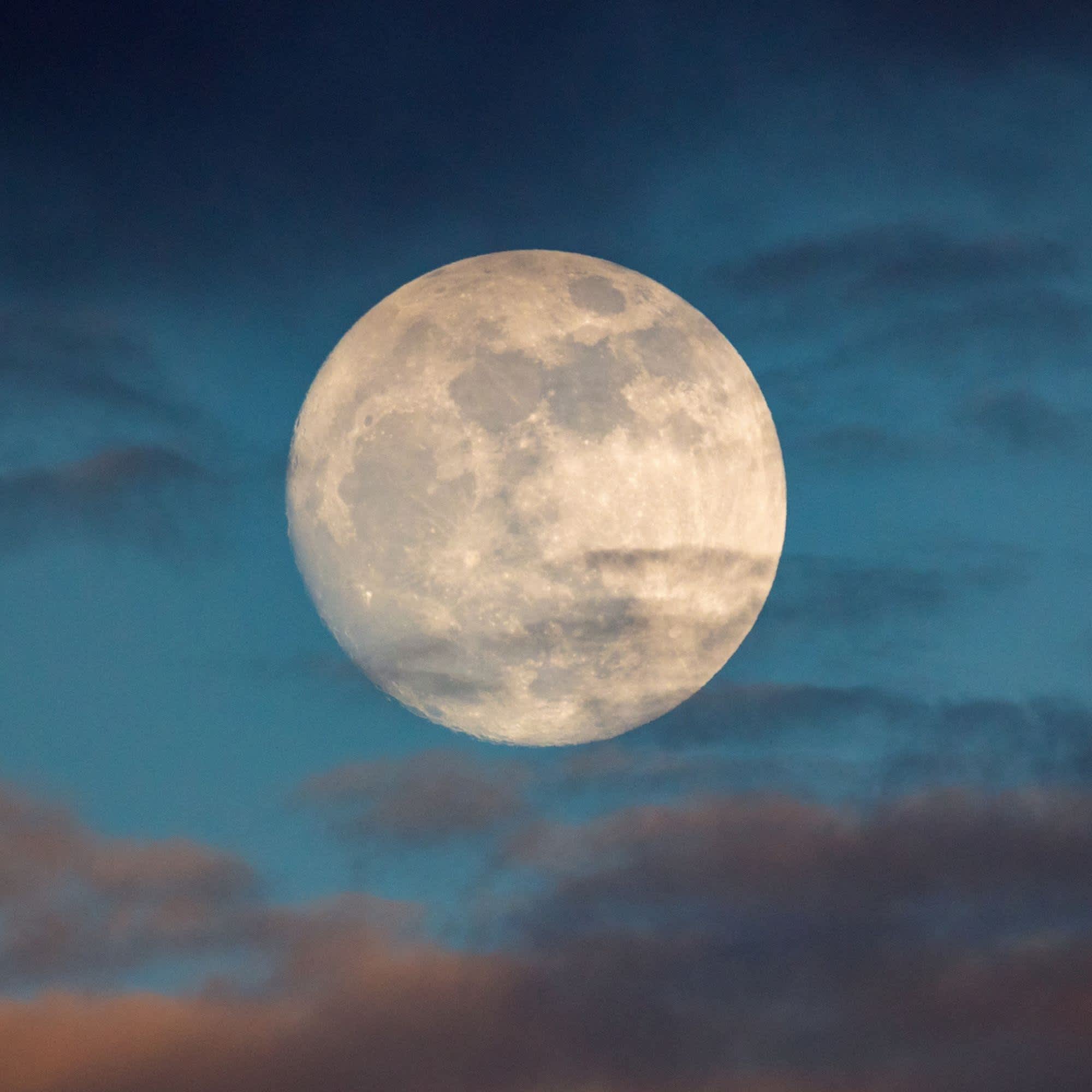- POPSUGAR Australia
- Living
- You Can Help Astronomers Name Jupiter’s 20 New Moons
You Can Help Astronomers Name Jupiter’s 20 New Moons
The moon does more than light up the night sky; it’s responsible for the tides, and in some cases, your moods. Right now, for example, the Libra full moon is urging you to find a balance in your life — specifically between meeting your own needs as well as attending to the needs of others. But that’s just one moon: Earth’s moon.
Recently, astrologers discovered 20 new moons orbiting Saturn, taking the ringed planet’s total number of moons to 82, which means it now has the most moons of any planet in our solar system. Prior to this discovery, Jupiter was considered to have the most moons at 79.
Each of the new moons discovered is said to be around five kilometers in diameter, and while three of them orbit the planet in prograde (the same direction as the planet rotates), 17 of them were discovered to be rotating the planet backwards, or in retrograde. The closest of the new moons take around two years to orbit around Saturn while the furthest away take three years.
While we’re not yet sure what — if anything — this means for us, what we do know is that a rare opportunity has presented to name the new moons. A few years ago, when the same research team led by Carnegie’s Scott S. Sheppard discovered 12 new moons around Jupiter, they hosted an online contest to name five of them.
Following the success of that initiative, the team has decided to repeat the competition. “I was so thrilled with the amount of public engagement over the Jupiter moon-naming contest that we’ve decided to do another one to name these newly discovered Saturnian moons,” Sheppard said according to Bisouv. “This time, the moons must be named after giants from Norse, Gallic, or Inuit mythology.”
If my quick Google search proves accurate, then names like Aurgelmir, Annar, Gymir, Menoetius, Cacus, and Sedna could be shoo-ins.


